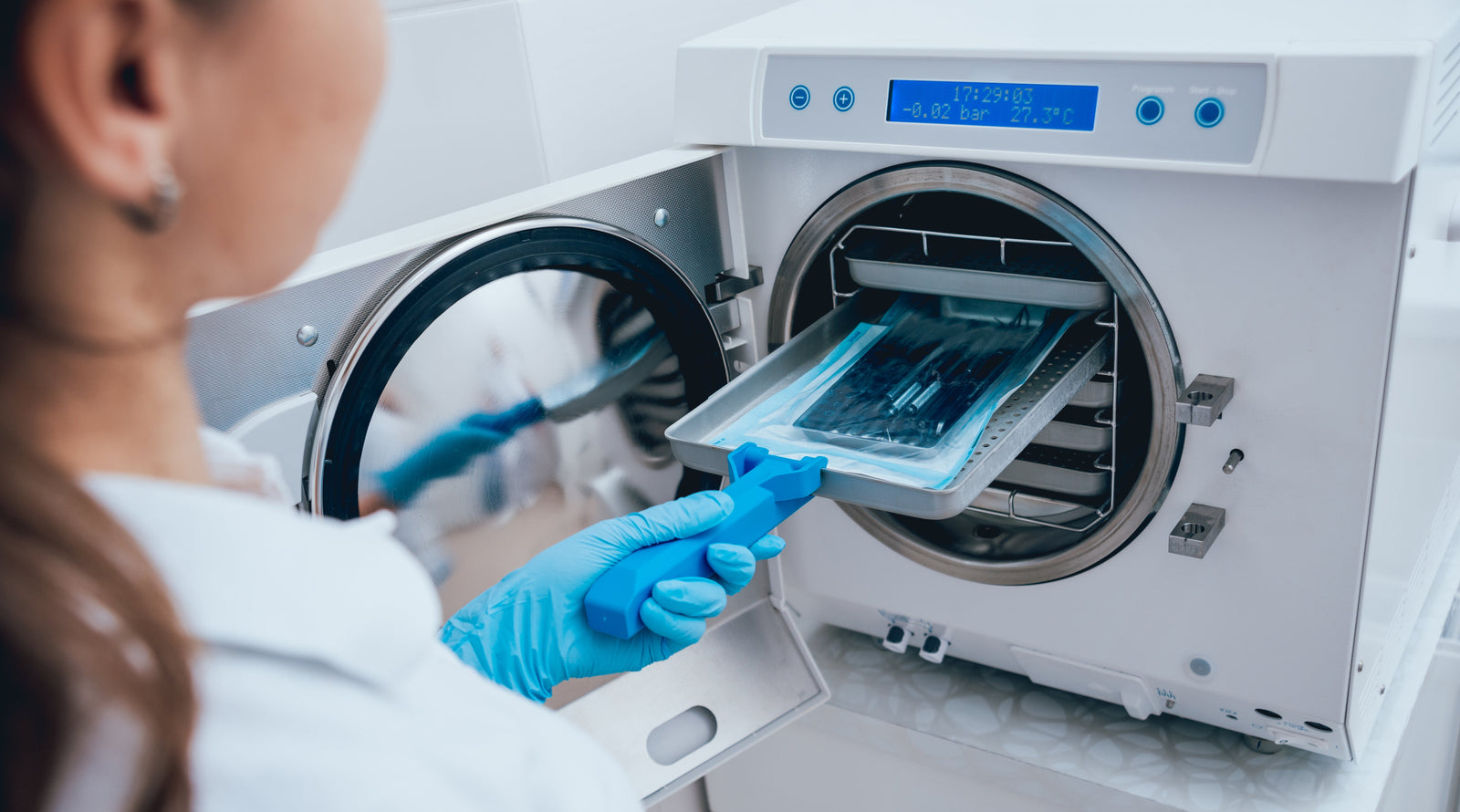
The importance of preventing cross-contamination through disinfecting and cleaning surgical instruments made headlines in 2019. Between October 15, 2018 and March 31, 2019 the FDA received 159 device reports of infected duodenoscopes, snake-like cameras with a lighted end, used in procedures involving the pancreas and bile ducts. These 159 incidents resulted in 45 infections and three deaths. The FDA also released post-marketing studies from the three major manufacturers of duodenoscopes, Fujitsu, Olympus, and Pentax, finding that 5.4 percent of tested instruments showed evidence of "organisms of high concern" (E. coliandStaphylococcus aureus) after use, compared to 3.4 percent in the studies submitted to the FDA for device approval. Another 3.0 percent of devices tested positive for "organisms of low concern."
Surgical centers across the United States replaced single sterilization protocols with double sterilization protocols and then added an ethylene oxide step. At the Virginia Mason Center in Seattle and the David Geffen Medical Center in Los Angeles, the cost of sterilizing a duodenoscope rose from $80 to $208 and then to $296. Hospitals found that they needed 3.4 times as many duodenoscopes to deal with patient load because of the extra time required to keep instruments sterile. Patient safety, surgical departments discovered, comes at a cost.
Duodenoscopes are complicated instruments with many small parts, but cross-contamination occurs in all kinds of surgical instruments. Nosocomial infections are poorly defined, but as many as 10 percent of surgical procedures in the United Kingdom result in a wound infection, and some estimates of infections of surgical wounds in patients in American hospitals run as high as 22 percent.
Mortalities are rare, but one study found that patients with infections from surgical wounds are 2.2 times more likely to die than patients who do not have infections from surgical wounds.
Reusable surgical instruments must be reprocessed before they can be used on another patient. The reprocessing of surgical instruments begins with cleaning. Cleaning is essential in preventing dust and dirt, organisms, bacteria, viruses, and fungi from entering the sterile field of an operating room and consequently, your body.
Cleaning begins in the surgical theater or the treatment room. Blood, bone, tissue, and visible soil are removed from surgical instruments before they are sent off for further cleaning and sterilization. A transport gel is applied to the visible surfaces of the instruments to prevent the hardening of unseen soil into persistent bioburden and to prevent the formation of biofilms of bacteria.
After point-of-use pre-cleaning, instruments undergo manual cleaning in the sterile processing department. All instruments require manual cleaning as a first step, but it is especially important for delicate surgical instruments such as endoscopes and microsurgical instruments. Instruments must be removed from the transportation container and completely disassembled before they are manually cleaned.
In the process of manual cleaning, instruments travel through three sinks. In the first sink bay, instruments are pre-rinsed with cold water to remove any remaining tissue, bone, or blood.
In the second sink bay, instruments are exposed to an enzyme solution or a pH-neutral detergent before they are manually brushed clean. Cleaning in this sink is done under running water to prevent the formation of aerosols that could spread contamination through the sterilization room.
In the third sink, instruments receive a final rinse. The water for this step must be carefully controlled for hardness, chloride content, and microorganisms to prevent damage to the instrument or recontamination that could affect the next patient.
Manual cleaning is just the first step in cleaning surgical instruments. Two automated cleaning steps come next.
Ultrasonic cleaning reaches hinges, crevices, and lighting devices. This cleaning process works on the principle of cavitation, the formation of tiny bubbles on the surface of metal that lifts and separates microbes and surgical soil (bone, blood, tissue, and dirt).
During this stage of cleaning, it is important to keep aluminum and stainless steel instruments separate, so they will not be etched with the other metal, damaging the surface. This procedure is very effective for removing trapped particles of surgical soil quickly, but not all instruments are designed for it.
Surgical instruments may also pass through automatic washing. The effectiveness of this step depends on four factors:
Routine visual inspection of surgical equipment is required, but it is not enough to verify cleanliness. Cleaning indicators change color when the last cleaning cycle is complete. Then there can be a second step to confirm there are no proteins on the surface of the instrument with protein detection reagents.
There are predictable causes of cleaning failures:
Both the CDC and the FDA recommend that every healthcare facility enlist the service of an infection control expert to confirm that support personnel are following all the steps of disinfection of reusable surgical instruments.
The most important concern for surgery department managers is allowing enough time for cleaning surgical instruments completely.
The lead in the surgical department responsible for the sterilization of surgical instruments should also verify the following:
When physicians use disposable surgical tools, of course, the risk of cross-contamination is eliminated.
Trocar Supplies is your one-stop shop for an extensive selection of trocars of every FDA-registered device material, including disposable trocars, autoclavable trocars, and trocar tray kits. For everything you need to know about trocars including the construction of a trocar and reusable trocars, please send us your questions online or call us at (937) 478-0469 for more information.